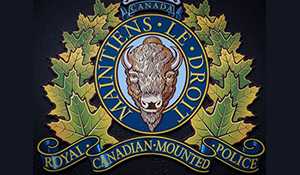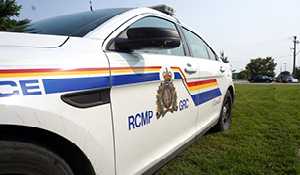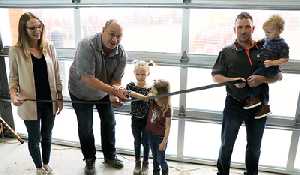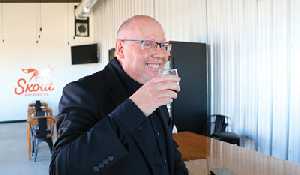Recruitment a big issue for local fire departments
March 5, 2024, 11:27 am
Ryan Kiedrowski, Local Journalism Initiative Reporter
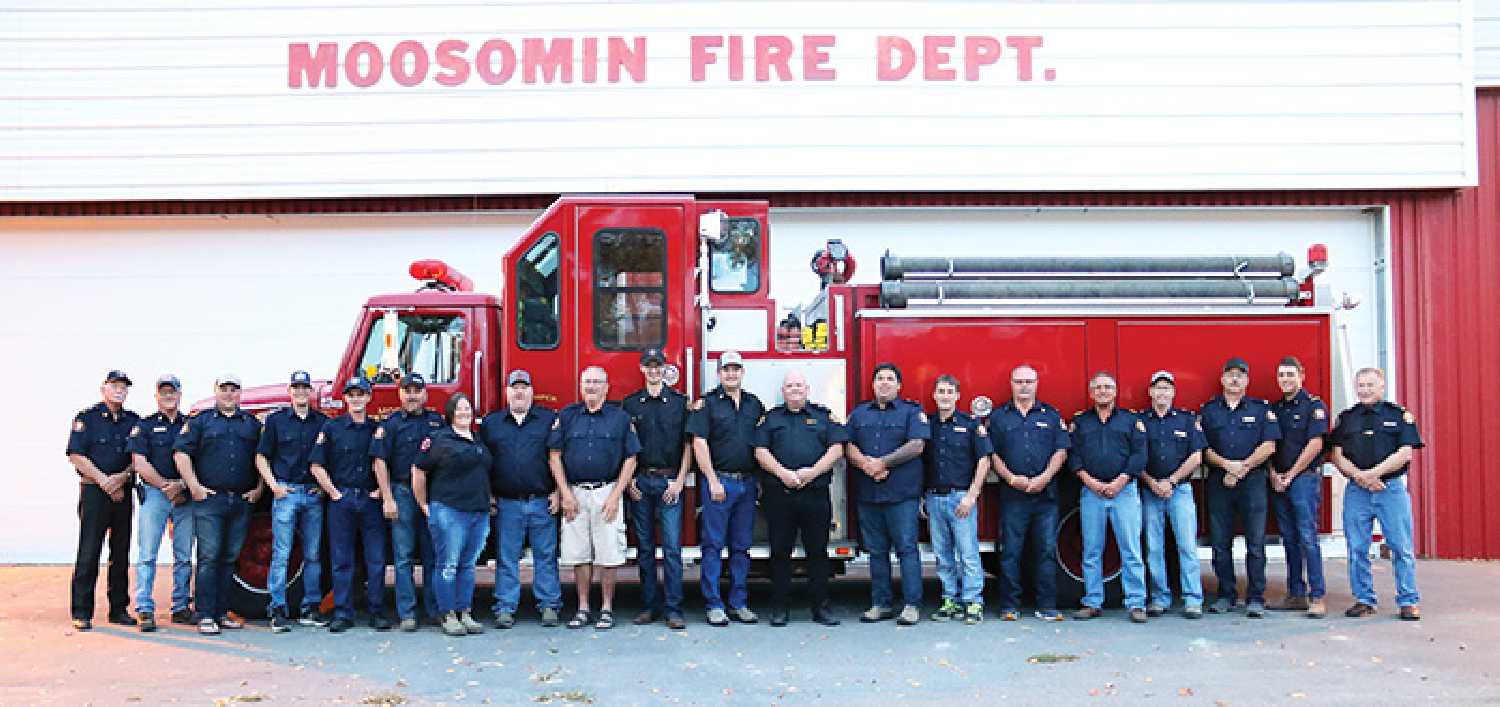

For any volunteer fire department, there always seems to be room for more able bodies to join the fold. But with minimum standards requirements becoming more strict on ensuring properly trained firefighters answer the call, joining a fire department isn’t quite as easy these days.
“It’s definitely going to become an issue,” said Wapella Fire Chief Adam Knutson. “We’ve been sending guys to fire school over the last five years, trying to cover off some of that stuff. We’ve probably had three to five in-house courses as well over the last three years.”
In spite of the devotion to training new members, it appears that keeping them onboard is another difficulty.
“Retention is a big thing,” Knutson, a 20-year member with the department, said. “We get everybody trained a year or two in and I’d say probably that’s the average is two-and-a-half, three years just because people end up moving on, changing their situation.”
The Wapella Volunteer Fire Department currently has 18 firefighters with 13 on the active roster. Knutson noted Wapella is a fairly quiet department, providing mutual aid traffic assistance with surrounding departments and attending mostly grass fires. They meet once a month with training sessions typically every four weeks as well, and would graciously welcome new faces at the hall.
Another huge challenge facing smaller rural departments is the cost of equipment firefighters need in order to do their job. In addition, rules under the minimum standards such as having response units no older than 20 years of age introduce further difficulties.
“The cost of everything is skyrocketing. A set of turnout gear has to be less than 15 years old and we’ve got turnout gear that’s 15 years old that’s only seen a half dozen fires,” remarked Knutson.
Rural departments receive financial support from the municipalities they serve, putting pressure on smaller communities and RMs trying to balance ever-increasing budget demands.
“I think we’re going to lose a lot of small town departments, not because of lack of volunteers but dollars,” Knutson said.
In Moosomin, there are 24 firefighters on the roster, but Fire Chief Rob Hanson noted they could use another five or six. In terms of equipment and training, the Moosomin Fire Department is well-covered—including specialized training for water, ice and grain entrapment rescues. But it all comes down to people, especially young and enthusiastic folks, that can commit their time.
Whitewood is another place looking for a few new people to don turnout gear. Fire Chief Bernard Brule says there are currently 17 members on the fire department, but he’d like to see that swell to 22. There’s a good mix of seasoned and newer members ranging from five years experience all the way up to 30-plus. A valuable recruitment tool in Whitewood is the junior firefighter program where 16-year-olds can receive valuable training years before they’re ready to go out on a call.
“Over the years, we usually have one or two junior firefighters, which are actually kids that are 16 to 18 years old,” Brule explained. “It’s the first year that we haven’t had anybody. So over the years, we’ve had really good success where we’ve had members come up through the junior program. We’ve got three members that they’ve got 10 years here now.”
Brule noted that another recruitment campaign is planned shortly on the fire department’s Facebook page and noted a few key things applicants should be aware of before applying.
“They need to be physically fit, not have any back issues,” he said, noting there’s a lot of heavy lifting and dragging involved. Ultimately, folks living and working in town would be an asset given their ability to respond to the hall quickly when calls come.
“That’s one thing that we struggle from, because we have a lot of our members working out of town,” Brule said.
On average, the Whitewood Volunteer Fire Department receives around 50 calls per year between motor vehicle collisions, grass and structure fires, STARS landings, plus mutual aid with other fire departments and EMS.
Commitment is similar to other departments with a couple training meetings per month.
